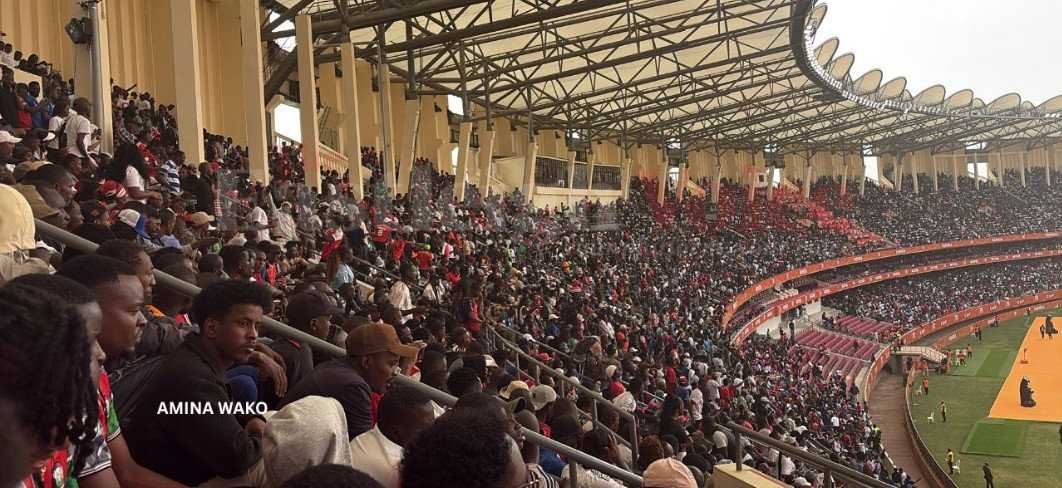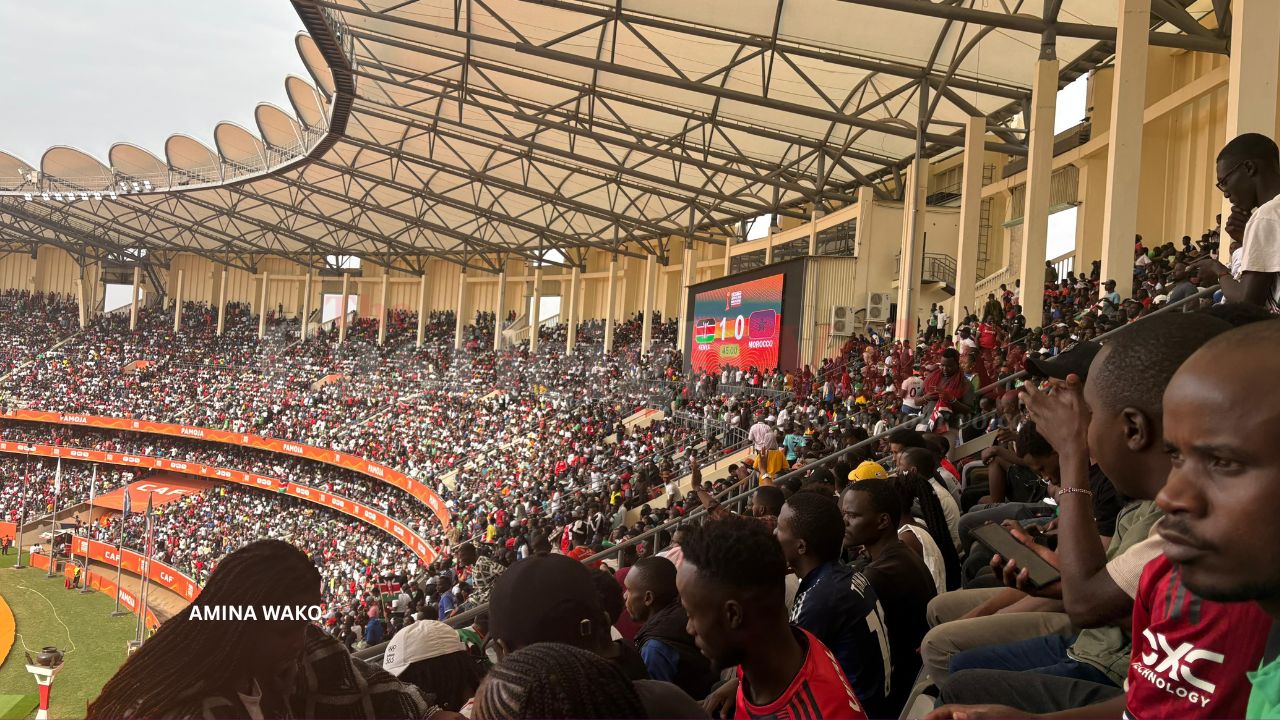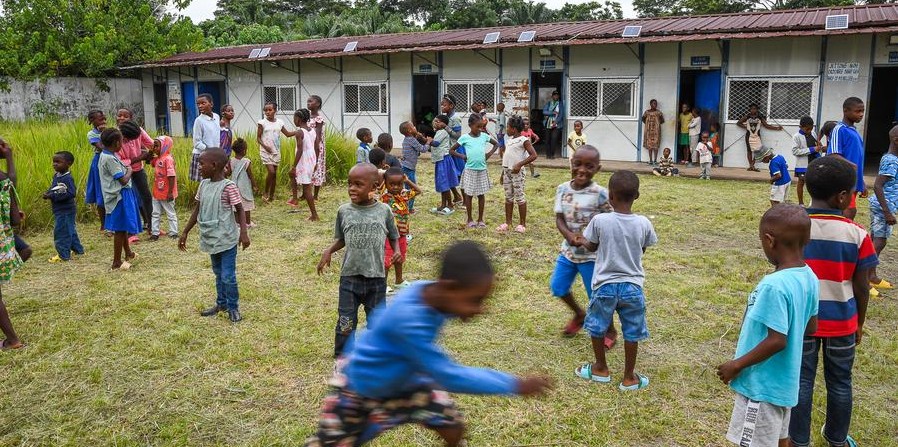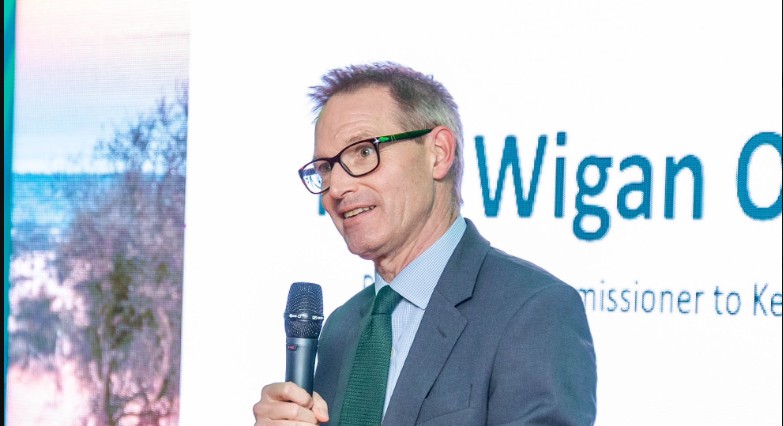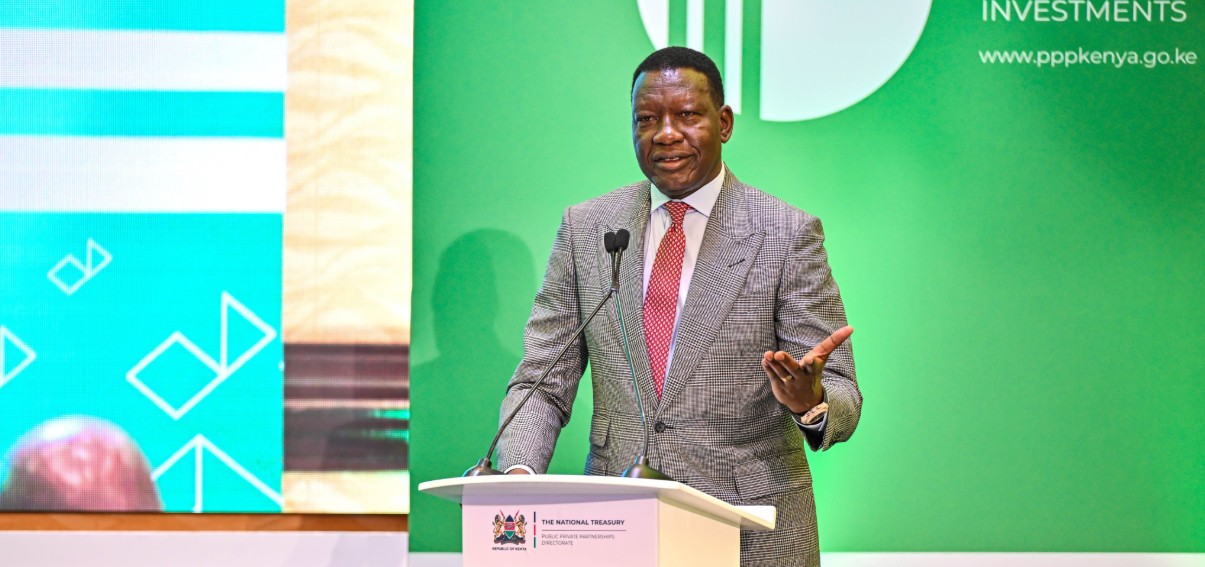Bomet, Kirinyaga, Elgeyo Marakwet among 32 counties where ethnic bias in staff hiring is rampant
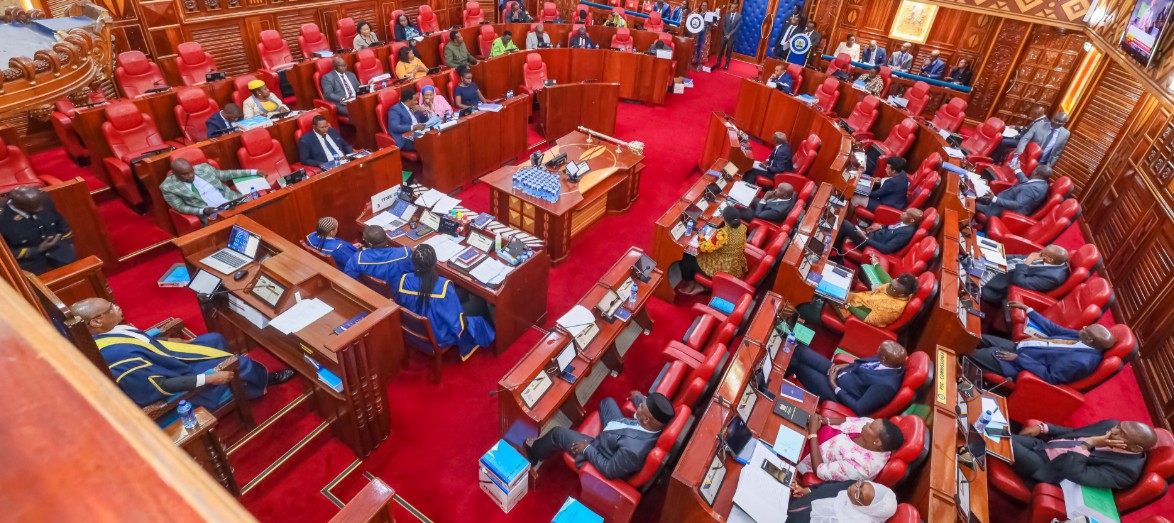
The County Governments Act states that no more than 70 per cent of employees in a county government should be from one ethnic group, but the report shows rampant disregard for this provision.
A damning Senate report has exposed 32 counties for flouting the law by hiring overwhelmingly from one ethnic group, with Bomet, Elgeyo Marakwet and Kirinyaga leading the pack in staffing bias.
In some of these devolved units, over 90 per cent of public workers come from a single community, raising alarm over deep-rooted ethnic exclusion.
More To Read
- Three Mandera residents sue Governor Mohamed Khalif over ethnic imbalance
- Anti-Counterfeit Authority put on notice over ethnic, gender imbalance
- Student under probe for diverting school capitation fee into his account
- Senate gives PSC one year to address ethnic gaps in government jobs
- Senate flags 29 state agencies for age violations, ethnic imbalance in workforce
- NCIC pushes for stricter penalties to enforce diversity in public institutions
The County Governments Act states that no more than 70 per cent of employees in a county government should be from one ethnic group, but the report shows rampant disregard for this provision.
Bomet has the highest ethnic dominance, with 97.28 per cent of its workforce coming from the Kalenjin community. Elgeyo Marakwet follows with 96.30 per cent Kalenjin, while Kirinyaga has 96 per cent Kikuyu staff.
Other counties listed include Nandi (95.67 per cent Kalenjin), Nyamira (95 per cent Kisii), Nyandarua (95.57 per cent Kikuyu), Kisii (94.3 per cent Kisii), Kericho (93.3 per cent Kalenjin), West Pokot (93.57 per cent Kalenjin), and Nyeri (93.66 per cent Kikuyu).
Wajir also features with 93.1 per cent Somali representation in its public service.
The report, which uses data from county governments and the National Cohesion and Integration Commission (NCIC), reveals that in some areas, county executive committee meetings can be conducted in the dominant group’s language, excluding minorities and undermining the spirit of cohesion.
“The numbers paint a grim picture of entrenched exclusion and deep-rooted marginalisation of minorities within counties dominated by large ethnic blocs,” reads part of the report.
The Senate committee warns that ethnic dominance in county employment undermines the constitutional goals of equity, fairness and inclusivity.
It calls for urgent action to address the imbalance and promote diversity in the public service.
Additional counties with high ethnic imbalance include Makueni (92.63 per cent Kamba), Kitui (90 per cent Kamba), Murang’a (93.7 per cent Kikuyu), Baringo (92.93 per cent Kalenjin), Meru (90 per cent Meru), Kakamega (90.68 per cent Luhya), and Vihiga (89.79 per cent Luhya).
Kiambu, Turkana and Uasin Gishu are also on the list with over 80 per cent dominance by Kikuyu, Turkana and Kalenjin communities, respectively.
Bungoma (83.6 per cent Luhya), Kisumu (87.69 per cent Luo), Homa Bay (76.98 per cent Luo), Migori (71.77 per cent Luo), and Laikipia (70.6 per cent Kikuyu) also fall short of the legal requirement.
Others include Kajiado (70.53 per cent Maasai), Mandera (81.4 per cent Somali), Samburu (76.65 per cent Samburu), Garissa (80.15 per cent Somali), Kwale (75.2 per cent Mijikenda) and Kilifi (79 per cent Mijikenda).
Top Stories Today
